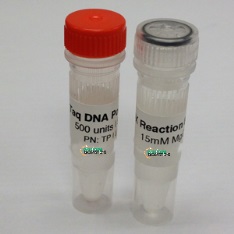

Īrther Kornberg discovered DNA polymerase in 1956 and won a Nobel Prize in 1959. If you wish to learn more, this article will help, read it here: Multifunctional DNA polymerase. It makes new DNA strands from the existing strand by adding dNTPs to the growing DNA. The DNA polymerase performs a vital function during a cell’s central dogma specifically, in replication. It forms two different deoxynucleic acid sequences using DNA polymerase. Replication is the process of synthesizing or copying DNA in vivo.

To enable amplification, a PCR needs an enzyme, a polymerase that can help in synthesis.ĭNA polymerase is a class of enzymes that function to synthesize DNA during DNA replication. If you want to learn more, you can read our previous in-depth article here: Polymerase chain reaction. In cyclic-temperature conditions, PCR copies a gene of interest by denaturation, annealing and extension. Scientists are using it in gene expression, gene therapy, gene transfer, DNA sequencing and gene cloning like experiments. It has applications in biotechnology, biological sciences, microbiology, environmental science, archaeology and forensic science, etc. An rt-PCR, a variant of the native PCR, can quantify a target as well. A PCR amplifies a gene or DNA sequence which we wish to study. PCR- Polymerase Chain Reaction has a wide range of applications in genetic science. It’s a type of thermostable DNA polymerase, work at a higher temperature as well.” “The function of Taq DNA polymerase in PCR is to amplify or synthesize DNA or gene of interest for various downstream applications.


 0 kommentar(er)
0 kommentar(er)
